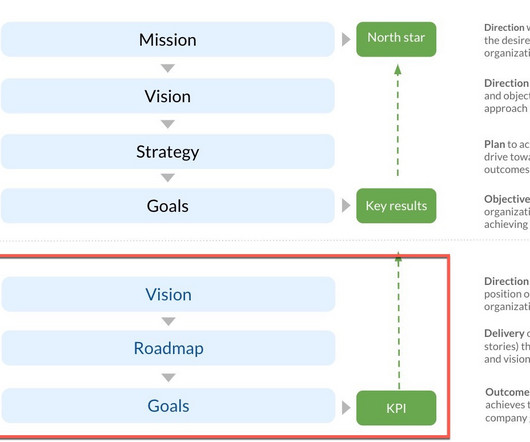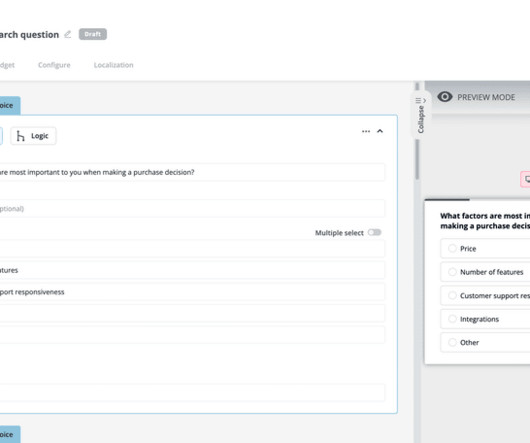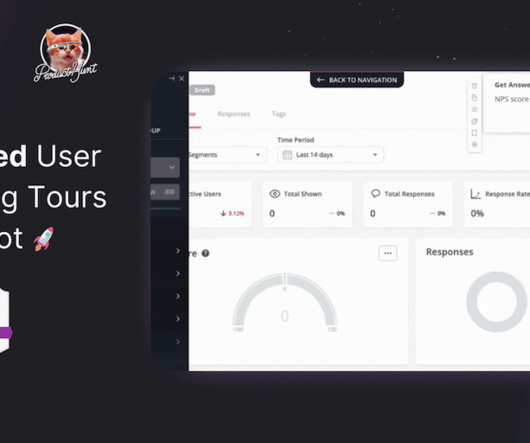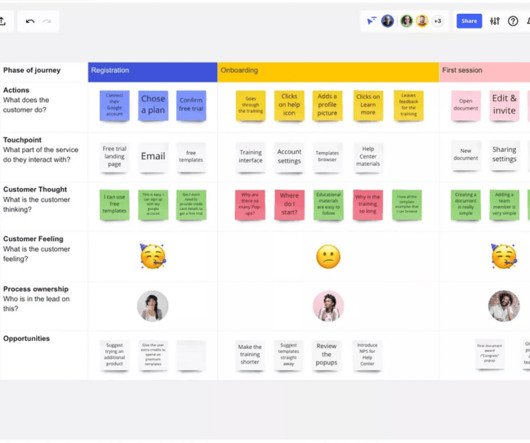Mastering Product Success: Unveiling the Power of Product Vision, Roadmaps, and Goals
People-First Product Leadership
DECEMBER 20, 2023
Part 1, we covered the “why” behind creating a strategy stack, with a focus on establishing the organization’s Mission, North Star, and Vision. Part 2, we continued the organizational journey by defining the Strategy and Goals. Part 3 brings together the Product specific Vision, Roadmap and Goals.
























Let's personalize your content